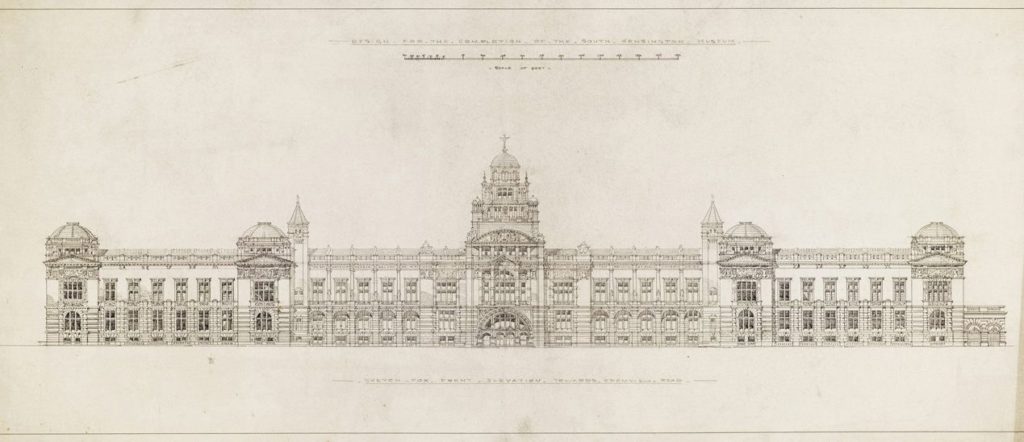Below is a detailed article about London’s lost palace – Whitehall. It was the main residence of the English monarchs in the mid-1530s until the year 1698. Let us learn what happened with it below.
History of the Whitehall Palace
Contents
It is quite easy to understand that the centre of London where the most important people in the country lived and made decisions was around the Palace of Westminster. The Westminster was the dwelling place of the kings since 1049 AD and later became the Parliament house where all the big decisions were made. This area surrounding Westminster became a popular place and also quite expensive.

The archbishop of York bought a large estate in this area and called it the York Place. King Edward I stayed here on many occasions and was quite fond of the property. Most of the time he came to visit and spend time when the reconstruction was taking place in the Palace of Westminster. Because the sovereign himself resided here, the York Place was expanded and built even bigger than the Lambeth Palace, the largest palace in London, at the time.
After a few years in the 1500s, during the reign of Henry VIII, the cardinal was removed from the York Place where the boundaries of Westminster were expanded and made the King’s official residence. This extension of the palace was called White Hall or Whitehall. This name was initially recorded in the year 1532 when King Henry VIII moved in with his wife Anne Boleyn, the mother of Queen Elizabeth I.
The Palace was built with white stone and looked perfect and radiantly white from the outside, which is why the name – Whitehall Palace.
Construction of the Whitehall Palace
It is determined with records that 30000 pounds in those days which is equivalent to several billion today were spent on the entire reconstruction and extension of the Westminster to the Whitehall Palace. Later, in the early 1600s, James VI made many iterations to the building and changed the halls into banqueting rooms with excellent interiors. The decorative work was done by Sir Peter Paul Rubens – a Flemish artist who brought his culture in the form of classic architecture to Britain.
In the mid-1600s, the Whitehall became a complex building with more than 1500 rooms. The structure was rather complex with irregular patterns of sizes of the rooms and asymmetry of many kinds. It was seldom used for lodging by the courtiers. After some time, King Charles II tried to make improvements but they were left halfway due to his death in the same palace. By the late 1600s, the palace was regarded as the most complex structure in all of Europe.
Some more changes were also added by King James II that were executed by Sir Christopher Wren. He was one of the most highly acclaimed British artists and architects of all time. He added the chapel of James II in the palace, another addition to the aesthetics of the Whitehall Palace in London.
Destruction of the Whitehall Palace
An unfortunate fire occurred in the year 1691 in the recently renovated structure of the Whitehall Palace that caused a lot of destruction and destroyed all the older structures. Some reconstruction was done but another fire broke out in 1698 and destroyed the complete residential structures.
Even a large force of firefighters could not extinguish the fire. They were at it for 15 hours until they could stop the fire from spreading. Some buildings that survived the fire were the banquet halls and the rooms overlooking the Scotland Yard. These were eventually brought down in 1769.
An extremely precious portrait of King Henry VIII and a painting of the bust of King Charles I were destroyed in the fire. It is also believed that the original work of Michaelangelo’s Cupid was destroyed in this fire.
Present-day remains from the Whitehall Palace
The only structure still standing from the whole estate is the banqueting hall. Former tennis courts of Henry VIII are also preserved from the palace. In the 1900s the east side of the estate was rebuilt to house the Ministry of Defence, which is now known as the great building.
There is also a street in London by the Westminster that bears the name Whitehall Street probably renamed after the Whitehall Palace.

